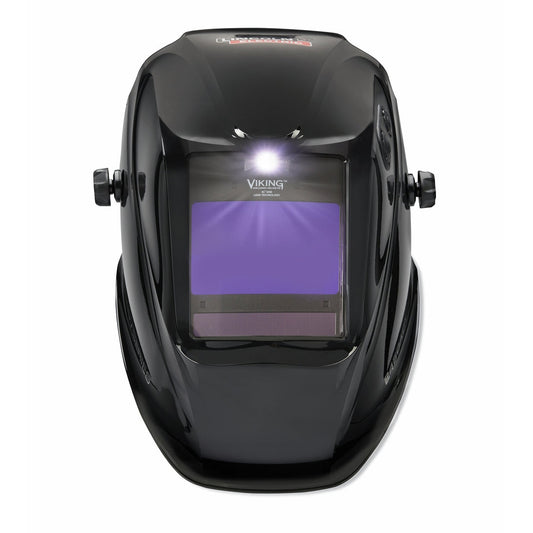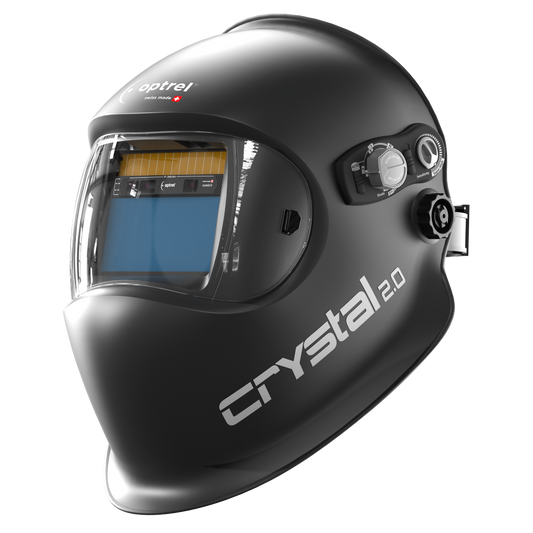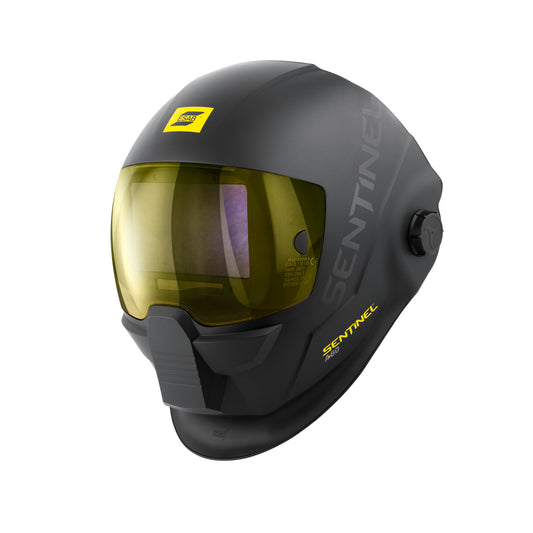Welding is an essential skill in many industries, but it comes with significant risks if proper precautions aren't taken. The intense UV rays and bright flashes emitted during arc welding can cause serious burns and long-term damage to your eyes and skin in just a matter of minutes. In addition to the UV exposure, sparks and hot metal during welding can cause burns that are both painful and preventable. This post will guide you through essential safety practices to help you stay protected while welding.

Choosing the Right Welding Helmet
One of the most crucial aspects of welding safety is selecting the right helmet. Different welding processes require specific lens filters: generally speaking, a shade 10 lens is required for MIG welding, a shade 12 for arc welding, and a shade 11 for TIG welding. It's important to choose a helmet that not only has the correct lens but also offers complete coverage for your face and hair, as the UV light can cause severe retinal flash burns and other injuries if you're not adequately protected.
Auto-darkening helmets are highly recommended as they adjust to the brightness of the arc automatically, providing optimal visibility and protection when you need it most. These helmets usually come with 2-4 sensors and multiple shade settings to ensure you're protected from sudden flashes, allowing you to focus on your work without compromising safety.

The Importance of Proper Gloves
Gloves are another critical piece of safety gear in welding. While it's common to see TIG welders feeding wire with a bare hand, this practice is highly discouraged. Even TIG welding's UV rays can burn exposed skin, and feeding wire with sunburned fingers is no fun.
Welding gloves come in various materials and thicknesses, designed to shield your hands from heat, sparks, and spatter. Some welders even reinforce gloves with additional flame-resistant material on the side closest to the welding arc for extra protection.

Dressing for Welding Success
When it comes to welding apparel, steer clear of synthetic fabrics, as they can catch fire and cause burns if exposed to sparks. Instead, opt for 100% cotton clothing, which is far safer as sparks will only smolder in cotton. Additionally, wearing heavy-duty boots with static electricity resistance and steel toes can protect your feet from falling objects and other workplace hazards.

Additional Protective Gear: Jackets, Bibs, and Aprons
Your welding environment and climate will dictate the type of protective clothing you need. In colder climates, a leather work jacket provides excellent protection against sparks. In warmer climates, lightweight flame-resistant jackets, bibs, and aprons can offer sufficient protection without overheating.
For stationary welding, consider using a bib that attaches to your helmet or welding sleeves to protect your arms. Aprons are especially useful in warmer environments, focusing protection where it's needed most without adding unnecessary bulk.

Handling Hot Materials and Safe Workstations
It's crucial to remember that the hot electrode or metal workpieces can easily cause burns if they come into contact with bare skin. Always wear gloves when handling hot items, and remove them from the workstation promptly after finishing a weld. Additionally, keep your workspace free of flammable materials, such as sawdust or rugs, to prevent accidental fires.
What to Do if You Get Burned
Prevention is the best strategy, but accidents can still happen. If you suffer a burn, the first step is to determine its severity. For minor burns, cool the area with water and apply an over-the-counter topical treatment like aloe vera or hydrocortisone. For more serious burns, seek medical attention immediately to ensure proper care and pain relief.
Treating Welder's Flash
Welder's flash is an eye injury caused by exposure to intense UV rays without proper eye protection. If you experience this, it's critical to see an eye doctor right away. While waiting for treatment, avoid rubbing your eyes and keep them closed as much as possible. Some welders find relief by placing wet gauze strips over their closed eyes and wearing sunglasses until fully recovered.
Welding safety starts with the right gear and awareness of the risks involved. By choosing appropriate helmets, gloves, clothing, and maintaining a safe workstation, you can significantly reduce the likelihood of burns and flashes. Remember, prevention is always better than treatment. If you have any questions about welding safety equipment or need advice on the best gear for your specific needs, don't hesitate to reach out to Baker's Gas and Welding. You can call us at 877-930-5690 or email support@bakersgas.com. We're here to help you weld safely and effectively.




